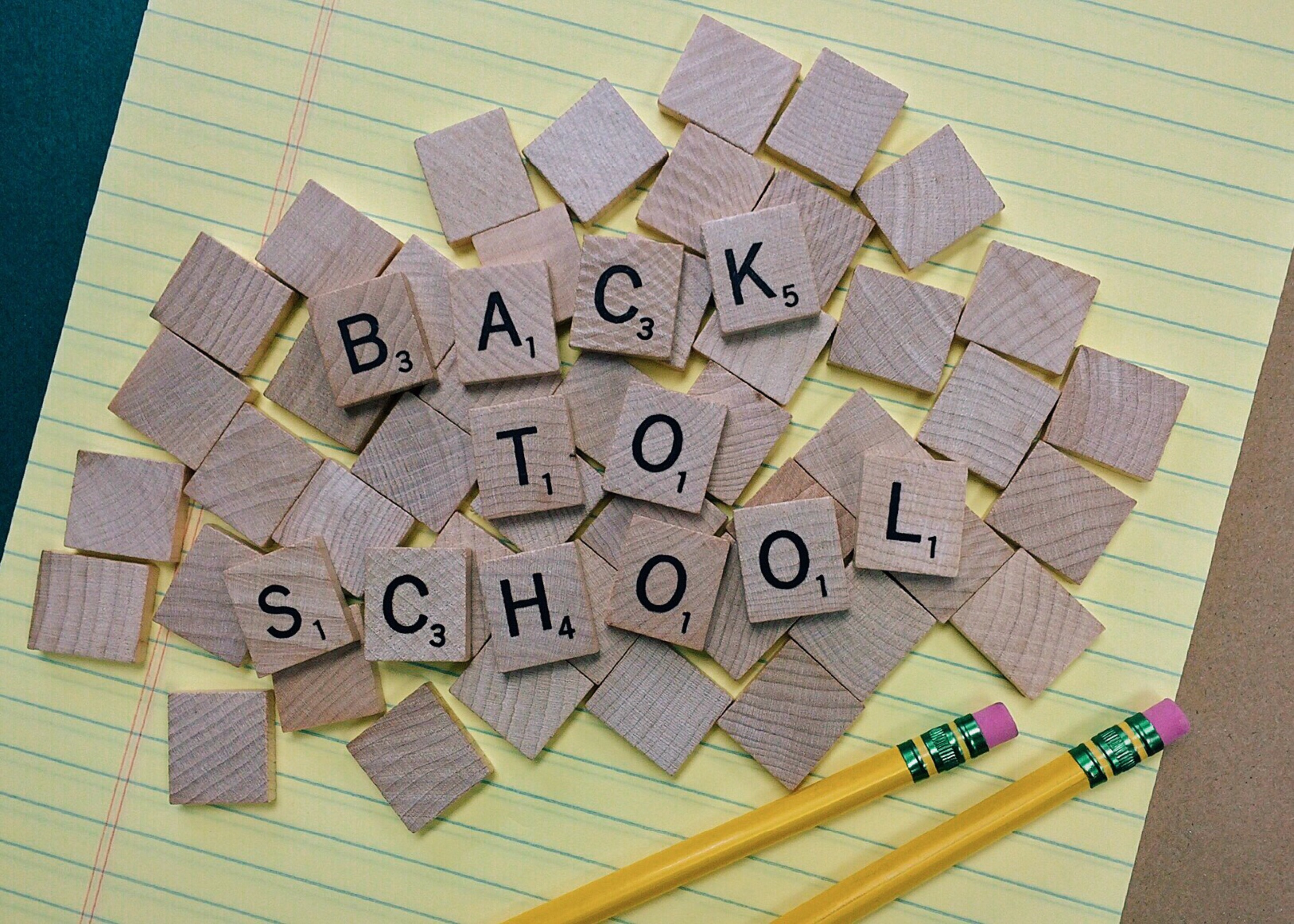Newborns and babies under 6 months old can wake multiple times a night for feedings and these feedings might be biologically necessary. This can be exhausting for a new mom. Just as you settle yourself down for bed, your young baby is awake, hungry, and calling for you. But there is something you can do to help: a dream feed.
What is a dream feed?
A dream feed is a feeding that the parent initiates and is done while your baby is in light sleep. You can breast or bottle feed during a dream feed-either works!
Why do a dream feed?
There are 4 major benefits of dream feeds:
- To align your baby’s longest stretch of sleep with your first chunk of sleep
- To ensure your baby is getting enough calories, without risking a sleep association
- To maintain your breastmilk supply, without extra pumping
- Eliminate the guesswork of night wakings
Let’s look at each of these benefits……
Align your baby’s sleep with your own sleep
One goal of a dream feed is to line your baby’s longer stretch of sleep up with your first stretch of sleep. Most babies have one longer stretch of sleep, most often in the first half of the night, waking just as moms are settling into a nice stretch of sleep themselves! Using a dream feed can get you a longer stretch of sleep if your baby has one or even two night feedings.
Example for a baby with more than one night feeding:
- Without a dream feed: Your baby goes down for bedtime at 7:00 pm and begins her long stretch of 5 hours. You go to bed at 10:00 pm but your baby wakes for a feeding at Midnight. Your sleep is cut off after only 2 hours!
- With a dream feed: Your baby goes down for bedtime at 7:00 pm. You do a dream feed at 10:00 pm just before you go to bed. Your baby begins her long stretch of 5 hours and wakes at 3:00 am. Now you’ve gotten closer to 5 hours of uninterrupted sleep!
For babies who are sleeping in much longer stretches of 8 or 9 hours, this might even mean that your baby sleeps through until morning:
- Without a dream feed: Your baby goes to bed at 7:00 pm and begins her long stretch of 8 hours. You go to bed at 10:00 pm and your baby wakes you for a feeding at 3:00 am. This early morning waking happens to be right in the middle of an adult’s deepest sleep! (You know this because it’s hard to wake up and even harder to fall back to sleep afterwards.)
- With a dream feed: Your baby goes to bed at 7:00 pm. You do a dream feed at 10:00 pm just before you go to bed. Your baby begins her long stretch of 8 hours and makes it until 6:00 am. Now you can both get up for the day, happy and rested! You’ve gotten a full night’s sleep!
Tank up without the sleep association
Another goal of a dream feeding is to continue with night feedings with a reduced chance that the night feeding creates a sleep association. It ensures your baby gets enough calories but because you are initiating the dream feed while your baby is sleeping, and not as a response to a behavioral request, it is less likely to become a sleep crutch. Your baby’s belly gets tanked up, but he doesn’t associate it with the act of falling asleep because he’s already asleep.
Maintain your supply
A dream feed can be especially helpful for babies who sleep through the night on their own early on or for moms who have returned to work. In both cases, mom’s milk supply may take a hit, but by removing milk through a dream feed you can maintain or even increase supply without having to add in another pumping session.
Eliminate the guesswork
Since you are initiating the feeding time, you have more control over when your baby feeds. No more going to bed anxious about what your night will look like!
When to do a dream feed?
The dream feed works best for younger babies under 6 months old, who are more likely to biologically need a feeding. Adding a dream feed in older babies tends to disrupt sleep. In older babies, it is often more productive to either follow their lead or drop unnecessary feedings.
If you’re doing the dream feed to help align your baby’s long stretch of sleep with your sleep, you’ll want to do the dream feed before you go to bed. This tends to work best between 10:00 and 11:00 pm. If you are doing a dream feed to protect your supply or increase calorie intake, the timing of the feeding is less important.
How do I do a dream feed?
It’s pretty simple!
- If you’re breastfeeding, just pick your baby up gently and bring your baby to breast. Be sure to keep stimulation low so that you don’t fully wake your baby.
- If you’re bottle feeding, you can pick your baby up or even prop your baby up right in the crib. Never give your baby a bottle while she is laying down. It can lead to tooth decay or ear infections (both of which can impact sleep—we don’t need that!)
When you’re done feeding, simply place your baby back in her safe sleeping space. There is usually no need to burp since your baby is so relaxed while feeding she is less likely to take in air. And unless your baby’s diaper is poopy or leaking, don’t worry about changing it.
What if my baby doesn’t latch on to my nipple or the bottle?
Your baby’s deepest sleep happens in the first half of the night, so she might be hard to get latched on at first. If your baby doesn’t initially seem interested, you might need to hand express a little breastmilk and place your baby’s lips to your nipple. You can do the same with formula and a bottle nipple. The smell and taste is likely to entice her to latch on. If your baby falls asleep at the breast or bottle, you can use some tactile stimulation like rubbing the side of your baby’s cheek or use breast compressions to increase your flow.
How can I tell the dream feed is working?
First give your baby about a week to settle into the dream feed routine. Then, if you feel like you are getting more sleep, it is working for you! If it doesn’t feel right, then don’t go with it! Generally, if the dream feed is leading to a longer stretch, it’s working.
For some babies, being roused even slightly during that deep sleep that happens in the first part of the night can mess with their sleep rhythm. Here are some signs that dream feeds may not be right for your baby:
- Your baby is still waking up a short time after the dream feed, so you aren’t getting a long stretch at night
- Your baby is waking more frequently than before you started dream feeding
- Your baby cries after the dream feed and has a hard time resettling to sleep
How do I drop the dream feed?
One of the risks of a dream feed is that you make that meal time for your baby. So that means if you don’t do the dream feed, your baby may wake hungry at that time. Planning ahead for how you are going to wean off the dream feed is a good idea. It’s similar to weaning your baby off of other night feeds.
- For younger babies who still need a night feeding, push the dream feed later over the course of a couple of weeks until it falls sometime after midnight. At this point you can allow your baby to wake naturally if she is hungry. You’ll still get the longer stretch of sleep and your baby may wean this feed on her own.
- For older babies who do not need a feeding anymore, you can pull the dream feeding earlier so that she is less hungry and then drop it entirely.
- If your baby seems hungry at this time, but you are still ready to drop it, you might need to decrease the volume of this feeding over time by reducing the length of time you nurse for or the amount in the bottle. By reducing the amount slowly you lower the risk she’ll wake with a hungry belly.
Want to know more about respectful night weaning? You can read more here!


